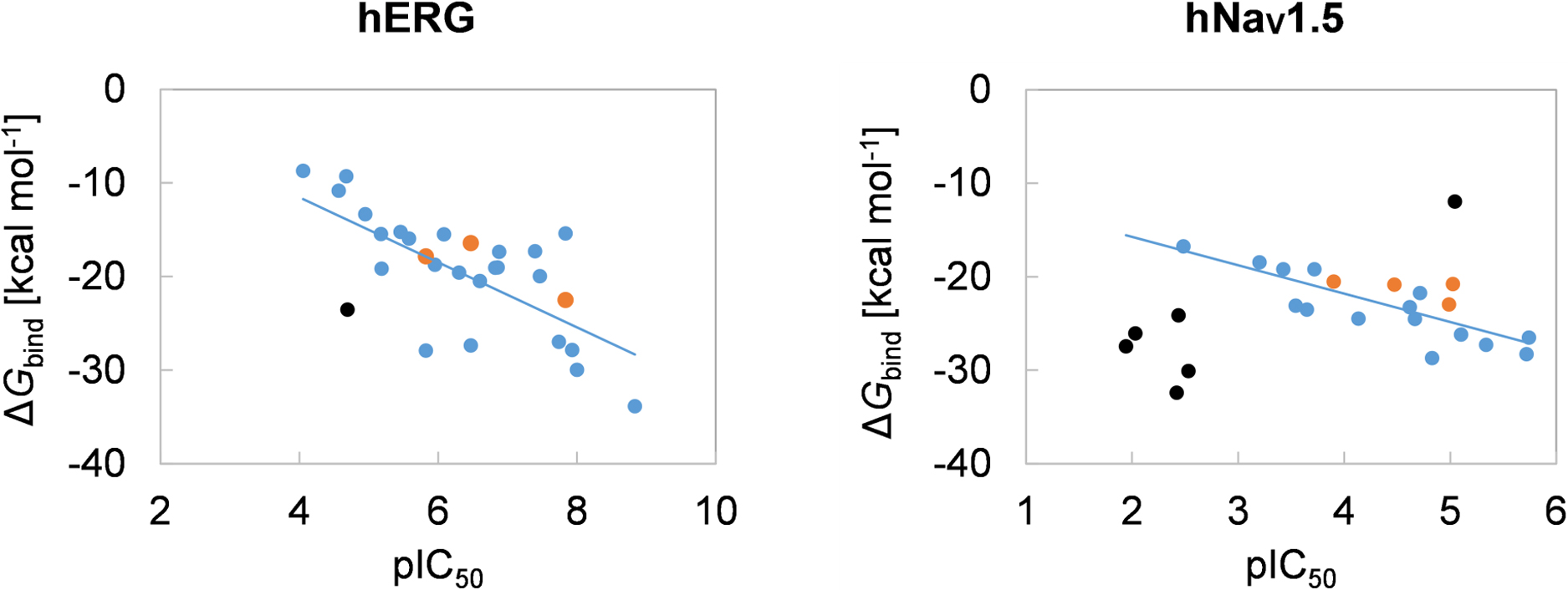Volume 20, Issue 2
Displaying 1-15 of 15 articles from this issue
- |<
- <
- 1
- >
- >|
Regular Article
-
Article type: Regular Article
2023Volume 20Issue 2 Article ID: e200005
Published: 2023
Released on J-STAGE: April 12, 2023
Advance online publication: January 25, 2023Download PDF (2376K) Full view HTML -
Article type: Regular Article
2023Volume 20Issue 2 Article ID: e200016
Published: 2023
Released on J-STAGE: April 12, 2023
Advance online publication: March 25, 2023Download PDF (2378K) Full view HTML
Review Article (Invited)
-
Article type: Review Article (Invited)
2023Volume 20Issue 2 Article ID: e200017
Published: 2023
Released on J-STAGE: April 27, 2023
Advance online publication: March 29, 2023Download PDF (4144K) Full view HTML -
Article type: Review Article (Invited)
2023Volume 20Issue 2 Article ID: e200018
Published: 2023
Released on J-STAGE: May 19, 2023
Advance online publication: April 19, 2023Download PDF (1392K) Full view HTML -
Article type: Review Article (Invited)
2023Volume 20Issue 2 Article ID: e200019
Published: 2023
Released on J-STAGE: May 23, 2023
Advance online publication: April 21, 2023Download PDF (3626K) Full view HTML
Regular Article
-
Article type: Regular Article
2023Volume 20Issue 2 Article ID: e200020
Published: 2023
Released on J-STAGE: May 23, 2023
Advance online publication: April 27, 2023Download PDF (8864K) Full view HTML
Database and Computer Program
-
Article type: Database and Computer Program
2023Volume 20Issue 2 Article ID: e200021
Published: 2023
Released on J-STAGE: May 23, 2023
Advance online publication: May 10, 2023Download PDF (3623K) Full view HTML
Review Article (Invited)
-
Article type: Review Article (Invited)
2023Volume 20Issue 2 Article ID: e200022
Published: 2023
Released on J-STAGE: June 10, 2023
Advance online publication: May 16, 2023Download PDF (8350K) Full view HTML
Regular Article
-
Article type: Regular Article
2023Volume 20Issue 2 Article ID: e200023
Published: 2023
Released on J-STAGE: June 10, 2023
Advance online publication: May 24, 2023Download PDF (2953K) Full view HTML
Review Article (Invited)
-
Article type: Review Article (Invited)
2023Volume 20Issue 2 Article ID: e200024
Published: 2023
Released on J-STAGE: June 14, 2023
Advance online publication: May 30, 2023Download PDF (4272K) Full view HTML -
Article type: Review Article (Invited)
2023Volume 20Issue 2 Article ID: e200025
Published: 2023
Released on J-STAGE: June 14, 2023
Advance online publication: May 31, 2023Download PDF (1373K) Full view HTML -
Article type: Review Article (Invited)
2023Volume 20Issue 2 Article ID: e200026
Published: 2023
Released on J-STAGE: June 20, 2023
Advance online publication: June 02, 2023Download PDF (5323K) Full view HTML -
Article type: Review Article (Invited)
2023Volume 20Issue 2 Article ID: e200027
Published: 2023
Released on J-STAGE: June 20, 2023
Advance online publication: June 06, 2023Download PDF (3557K) Full view HTML
Regular Article
-
Article type: Regular Article
2023Volume 20Issue 2 Article ID: e200028
Published: 2023
Released on J-STAGE: June 23, 2023
Advance online publication: June 09, 2023Download PDF (1901K) Full view HTML
Review Article (Invited)
-
Article type: Review Article (Invited)
2023Volume 20Issue 2 Article ID: e200029
Published: 2023
Released on J-STAGE: June 23, 2023
Advance online publication: June 09, 2023Download PDF (1475K) Full view HTML
- |<
- <
- 1
- >
- >|















